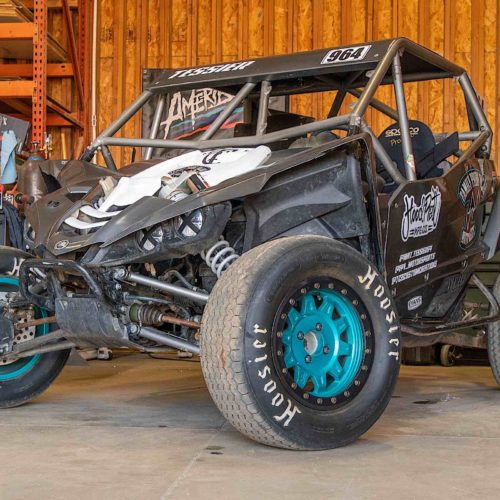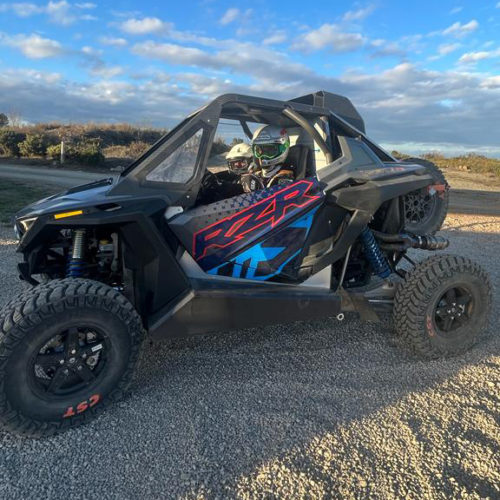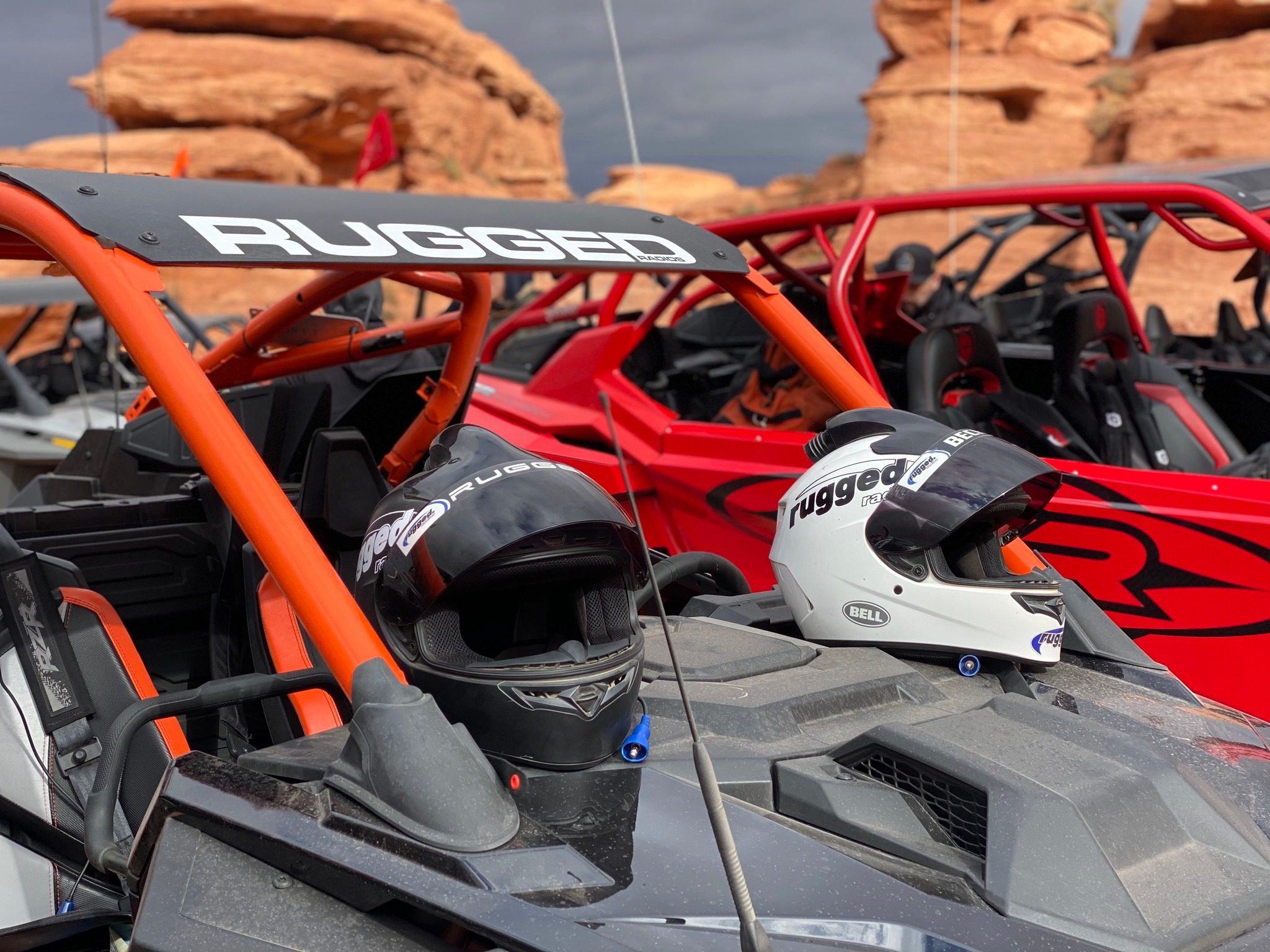
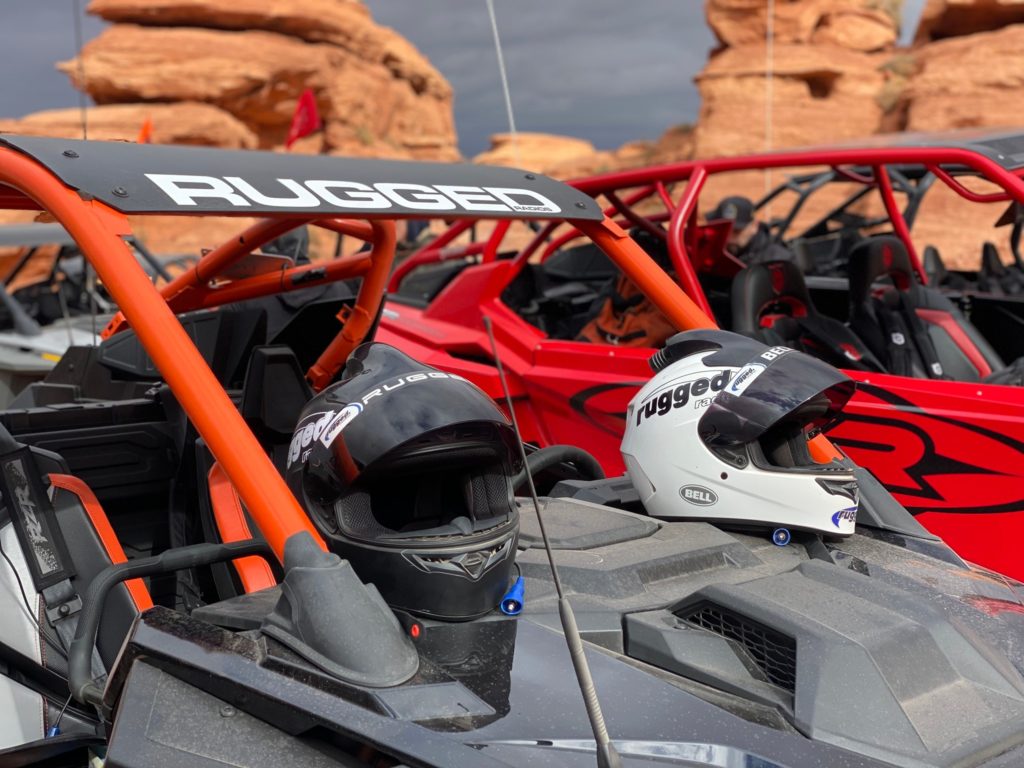
Communication in areas where cell phone service can be nonexistent can make trips with friends and family more enjoyable. In today’s off-road communication world, there are two big players in the frequency band game, but deciding which one can be difficult to do on your own.
To help understand and select the proper band, we looked to Rugged Radios to help explain the difference between GMRS and Business Band.
“Before purchasing a radio, ensure you know what type of radio your friends, club, or riding group are currently using,” Greg Cottrell of Rugged Radios explained. “If you want to talk to them, you need to be on the same band radio.”
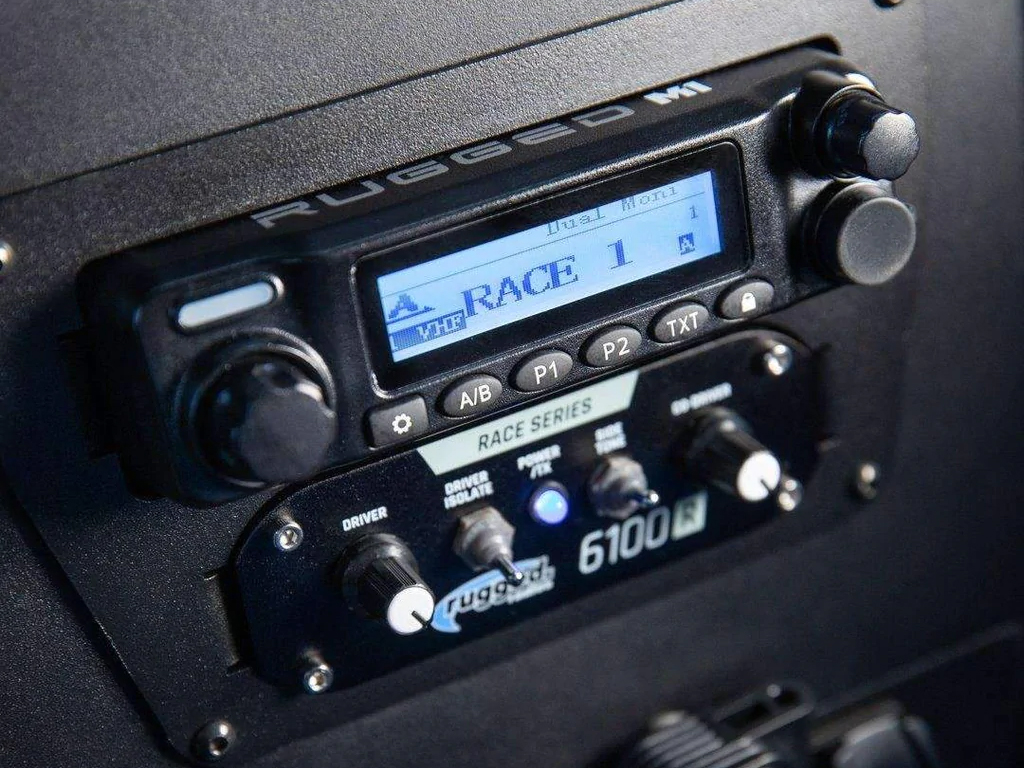
If your group is just getting started and you aren’t racing, Rugged Radios recommends using GMRS. GMRS is easy to use and walkie-talkie compatible as the frequency operates well in heavily wooded areas or any environment with obstructions, including canyons, mountains, and forests. Some examples of GMRS use are UTV recreation, overlanding, Jeeping, and hiking.
Business Band (VHF/UHF) is more high-powered and used by professional race teams for communication off-road while it can reach greater distances. Radios with lower frequencies (VHF) have longer wavelengths that work well across broad areas free from obstruction. This frequency band is excellent for professional racing, industrial, manufacturing, agriculture, and farming operations.
A proper license is needed regardless of your frequency band, but having the appropriate radio to communicate off-road is essential. For more information on license requirements or to find a radio for your vehicle, visit Rudded Radios’ website.
